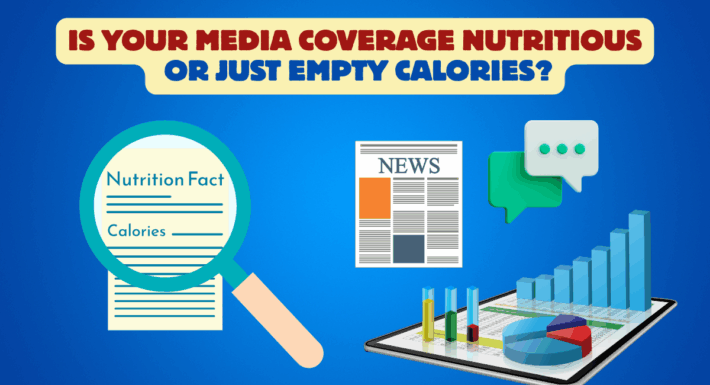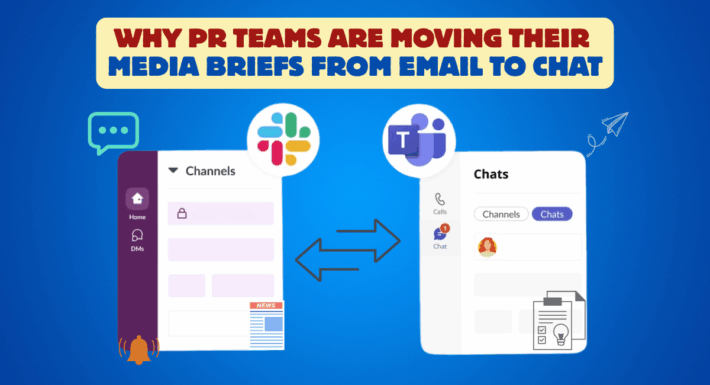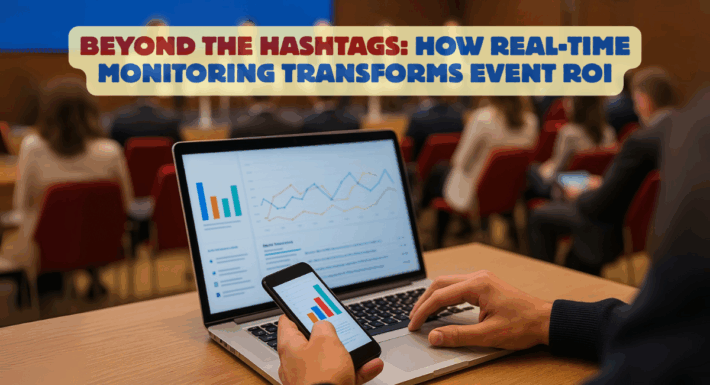What is Earned Media vs. Paid Media vs. Owned Media?

Earned media, paid media, and owned media are three types of content that have the ultimate goal of promoting an organization and raising its profile.
While each media type has the same objective, each looks pretty different. Here’s a brief definition of each of them:
- Earned media, or earned content, is publicity not achieved through advertising or in-house content such as blogs and company websites. Newspaper and magazine articles, TV and radio news mentions, customer reviews, and social media mentions are all examples of earned media.
- Paid media is paid-for publicity, also known as paid advertising. Previously, paid media existed almost exclusively in newspapers, billboards, magazines, or broadcast media, but now includes advertising on websites, social media, podcasts, online videos, and more. Another type of paid media is native advertising, a new spin on a well-established practice known as advertorials.
- Owned media includes media items or properties the company directly controls, including its branding but also company blogs, social media profiles and posts, and email marketing content.
OK, so we’ve defined the terms. But which media type is most important, and toward which one should you invest the most time?
The answer: It depends. But because each of these three media types has a symbiotic relationship with the others, you also can’t ignore any of them.
PR professionals and marketers at large organizations must take advantage of all three media types within their overall strategy for the best results.
How earned, paid, and owned media can work together
Combining all three media types in an effective strategy helps PR teams drive publicity and conversations about their brand while also assisting marketers in driving, nurturing, and closing leads.
That’s because each media type, when executed as part of a well-oiled machine, acts as a force multiplier for the others. Here are a few examples of what we mean:
- Search engine or social media advertisements (paid media) can drive traffic to blog, case study, whitepaper, or other content on your website (owned media)
- The traffic driven to your owned media can then become earned media if/when they like, share, or post about your content on social media, leave reviews about your product or service or write blog posts or articles mentioning your brand or content
- Companies can also hire influencers or brand ambassadors (paid media) to create content for your web properties (owned media), which can then be shared across social media to generate interactions with stakeholders or prospects (earned media)
Advantages and disadvantages of each media type
Each of these various media types has advantages and disadvantages PR professionals must consider.
Earned media
Advantages:
- Increases credibility better than the other two media types
- Improves brand awareness and thought leadership
- A high degree of consumer and stakeholder trust
- Large potential audiences expand the reach of your brand and messaging
- Drives organic website traffic
Disadvantages:
- Very little control on your end (this can actually be an advantage, however, as it can lead to higher perceived credibility among readers or viewers)
- Potential for negative publicity
- Requires internal resources, effort, and time
Paid media
Advantages:
- Produces faster results
- Improves brand awareness
- Easy to target large audiences and track results
- Allows for complete editorial control
- Requires less effort than earned or owned media
- Can drive website traffic
Disadvantages:
- High cost that gets even higher with more competition
- Potential lack of audience trust (many consumers and stakeholders don’t trust advertising)
Owned media
Advantages:
- Allows for complete editorial control
- Content resides on company properties, i.e. website
- Relatively affordable compared to paid media
- Can improve brand awareness and thought leadership
Disadvantages:
- Requires ongoing internal resources/effort/maintenance
- Limited audience unless your website is super popular, or you can grow your audience
- Potential lack of audience trust
How to get earned, owned, and paid media
Generating owned media is pretty simple – start producing owned content. The same goes for paid media, which requires paying to have others create the content for you.
Getting earned media can be a little more complicated because you can’t pay for it or create it yourself. As the name implies, you’ve got to earn it. A few ways to do this include:
- Pitch journalists and bloggers your story: We’re not telling PR professionals anything they don’t know here, but sometimes it’s essential to reinforce the basics. Even though getting the attention of busy journalists is harder than ever, it’s still a worthwhile undertaking – especially if you’ve got a newsworthy story to share.
You should note, however, that not every announcement is newsworthy. Announcements featuring major client wins, partnerships, M&A activity, hiring sprees, or new facilities are newsworthy. Company anniversaries, product announcements/launches (unless it’s something truly game-changing), and internal events are not newsworthy.
You can also sign your company up to Help A Reporter Out (HARO), which seeks to connect experts in certain fields with journalists that have specific questions. - Use your data: Journalists and bloggers need information, and you can feed that beast – while earning media, brand awareness, and credibility – if you’ve got the right data to share (and are comfortable making it public). Producing reports on the state of your industry or insightful surveys of stakeholders in your industry can drive earned media by providing journalists with useful, credible information.
- Generate social media engagement and reviews. Engaging with stakeholders on social media in a positive way is one of the easiest ways to generate earned media through likes, shares, and comments. Putting your product or service out there for reviews can do the same.
Measure earned media with Fullintel’s industry-certified experts
Fullintel’s AMEC-certified media analysts help large organizations track the fruits of their earned media efforts every day. We do this through industry-leading human curation and media monitoring, robust content partnerships, and cutting-edge technology, including Fullintel Hub, featuring proprietary PredictiveAI™ machine learning models.
Contact us today to learn more about how we can help your large organization track earned media coverage in print, online, broadcast, and social media.




